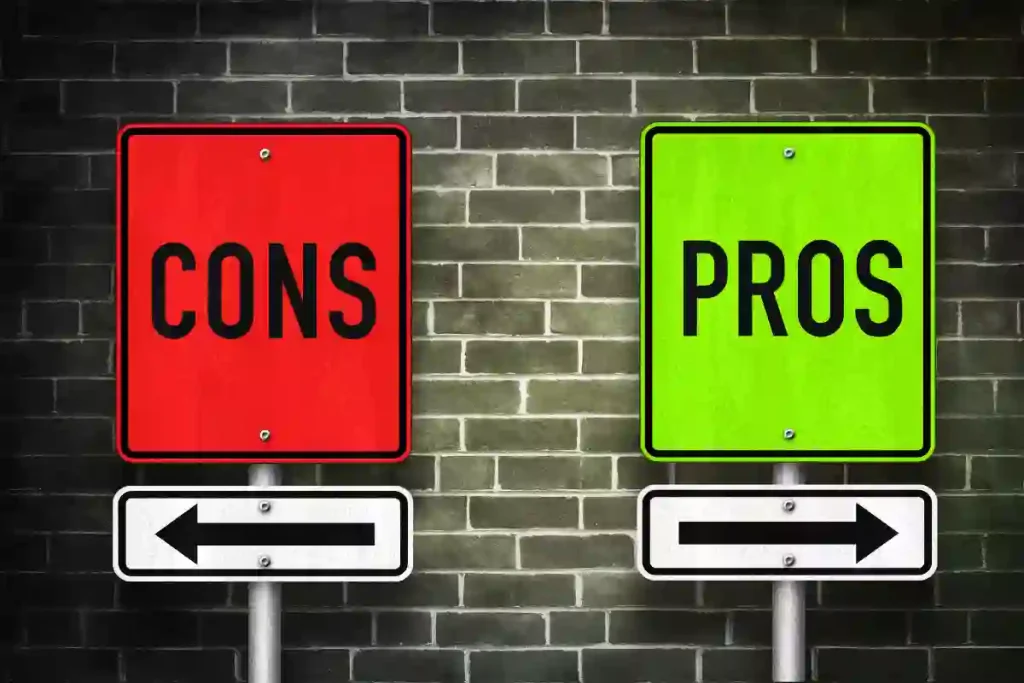Downhill bikes can be ridden uphill, but they are not designed for efficient climbing due to their heavy weight, specific geometry, and limited low gears.
Their primary purpose is high-speed descending on steep and rough terrain, not for climbing. Climbing with a downhill bike can be challenging and inefficient due to:
Weight: Downhill bikes are heavier than other mountain bikes, making uphill riding more demanding and slower.
Geometry: Their geometry, focused on stability and control at high speeds, is less conducive to climbing efficiently.
Gearing: Lack of low gears hinders uphill performance.
While it’s possible to ride a downhill bike uphill, it’s not advisable for extended or steep climbs. Strong riders may manage short uphill sections, but for efficient climbing, using a bike designed for climbing or all-mountain riding is recommended.
Challenges of Riding Uphill with a Downhill Bike

Weight & Geometry
Downhill bikes boast robust construction and specialized geometry, optimized for rapid descents. However, their design, with slack angles and substantial weight, becomes a hurdle when tackling inclines. The rear suspension, excellent for absorbing impacts, can cause energy loss when pedaling uphill, demanding greater effort from the rider.
Limited Gear Ratio
These bikes typically feature a limited gear range, prioritizing high speeds over climbing prowess. The gearing setup optimized for downhill speed might not offer the low gears necessary for ascending steep inclines efficiently. This limitation demands strategic planning and technique adaptation from the rider.
Traction & Control
The tread pattern of downhill tires, designed for grip during descents, may pose challenges on uphill climbs. The knobby, robust knobs that aid in downhill stability might not offer optimal traction for uphill pedaling, leading to slippage and reduced efficiency.
Tips for Riding a Downhill Bike Up Inclines

Gear Selection & Pedaling Technique
Opt for a gear that allows a balance between power and cadence. Maintain a smooth, steady cadence while pedaling, utilizing the bike’s momentum to overcome the climb efficiently. Employ standing or seated pedaling, adjusting your technique to the trail’s steepness and obstacles.
Body Positioning
Shift your body weight forward to improve traction on the rear wheel while climbing. Leaning slightly forward enables better control and aids in preventing the front wheel from lifting off, especially on steeper sections.
Pacing & Strategy
Divide the climb into manageable sections, pacing yourself to maintain stamina throughout the ascent. Focus on conserving energy, utilizing bursts of power strategically, and picking the best line to navigate obstacles.
Best Gears for Riding Uphill on a Downhill Bike
Selecting the right gear is vital for tackling uphill terrain on a downhill bike. To start, opt for the lowest gear available, usually the smallest chainring at the front and a larger cog at the rear.
This setup minimizes resistance, allowing for smoother pedaling and preserving energy during the climb. Consider gear ratio: aim for combinations that make pedaling easier, ensuring a steady cadence on steep inclines.
For instance, a 50/34T crankset and an 11–34t cassette can be ideal for long, steep climbs. Remember, a lower gear reduces the strain on your legs and enables better maneuverability uphill.
Utilize gear ranges that provide a balance between efficiency and power, allowing for a more comfortable ascent.
How to Ride Uphill with a Downhill Bike
When ascending with a downhill bike, ensure a seated position to maintain stability and conserve energy.
By staying seated and slightly leaning forward on the saddle, you distribute weight efficiently and maintain traction without overly exerting your muscles. Pedal steadily, alternating between seated and standing positions depending on the terrain.
While seated pedaling aids in conserving energy, standing pedaling can offer more power for tackling obstacles or steeper sections.
The key is to find a comfortable rhythm that suits the gradient of the hill while focusing on maintaining control and momentum.
The Right Position for Uphill Riding on a Downhill Bike
Achieving the correct body position while riding uphill on a downhill bike is crucial. Keep your arms and legs slightly bent to absorb shocks and adapt to varying terrains effectively.
This flexibility allows you to react swiftly to the bike’s movements while maintaining control. Additionally, shift your weight slightly forward to distribute it evenly between the front and rear wheels.
This forward-leaning posture prevents the front wheel from lifting and enhances traction, improving your bike’s stability on inclines.
Maintaining this balanced position ensures better control and maneuverability while conquering uphill trails.
Getting Ready to Ride Uphill: Pre-Ride Setup

Before embarking on an uphill ride, ensure your bike is in top condition. Regularly maintain and lubricate your gears to ensure smooth operation during climbs.
Check your tire pressure, adjusting it as needed for optimal traction. Lower tire pressure provides better grip, especially on steep or loose terrains, enhancing your bike’s performance uphill.
Pre-ride checks and adjustments are crucial to ensure a comfortable and safe uphill riding experience, allowing you to focus on the trail ahead without worrying about mechanical issues.
Braking Techniques for Climbing with a Downhill Bike
Braking uphill with a downhill bike demands finesse to maintain control and safety. Firstly, avoid abrupt braking; instead, feather both brakes lightly to distribute stopping power evenly.
Engaging both front and rear brakes moderately ensures stability without risking skidding or loss of traction. As you ascend, employ a controlled, progressive braking approach, releasing and applying pressure intermittently to regulate speed and prevent overheating the brakes.
This method helps maintain momentum and control on uphill climbs. Mastering these nuanced braking techniques is pivotal for a smooth and safe uphill riding experience with a downhill bike.
Tricks for Making Uphill Riding with a Downhill Bike Easier
Enhancing uphill rides with a downhill bike involves key adjustments. Optimal gear selection is vital; shift to lower gears to reduce resistance, facilitating smoother pedaling uphill.
This allows for a more comfortable and efficient ascent. Additionally, maintain a seated position and slightly lean forward on the saddle.
This posture redistributes weight, optimizing traction and conserving energy while conquering inclines. Focusing on gear choice and body positioning significantly eases uphill riding challenges.
Pros and Cons of Using Downhill Bikes on Uphill Terrain

When considering downhill bikes for uphill trails, certain factors play a role. The advantage lies in their lightweight nature, aiding maneuverability and pedaling ease. However, limitations include minimal suspension and geometry optimized for descents rather than climbs.
Limited suspension can compromise comfort on rough uphill trails, while the bike’s geometry might not be conducive to efficient climbing. Understanding these aspects assists in making informed decisions regarding equipment choices for uphill endeavors.
Yes, biking uphill is generally harder than walking uphill due to several reasons. Cycling requires greater muscular effort and energy expenditure, especially when climbing steep inclines, compared to walking.
Why is it easier to ride a bike downhill than uphill?
Riding downhill is easier because gravity assists in propelling the bike forward, requiring minimal pedaling effort. Gravity aids speed and momentum, reducing the physical exertion compared to uphill cycling.
Is uphill or downhill bad?
Neither is inherently bad; both uphill and downhill terrain present distinct challenges. Uphill involves greater physical effort, while downhill demands control and caution to manage speed and braking safely.
Is Uphill harder than downhill?
Yes, uphill is typically harder due to the increased energy required to overcome gravity and ascend, while downhill often necessitates controlled navigation and braking to manage speed safely.
Why is going uphill hard?
Uphill travel demands more muscular effort to overcome gravity, requiring increased energy expenditure compared to traveling on flat or downhill surfaces.

